Welcome to HongChang Aluminum CO., LTD.
Visit
Xin'an Industrial Assemble Region,Luoyang,Henan Province,China
Welcome to HongChang Aluminum CO., LTD.
Xin'an Industrial Assemble Region,Luoyang,Henan Province,China
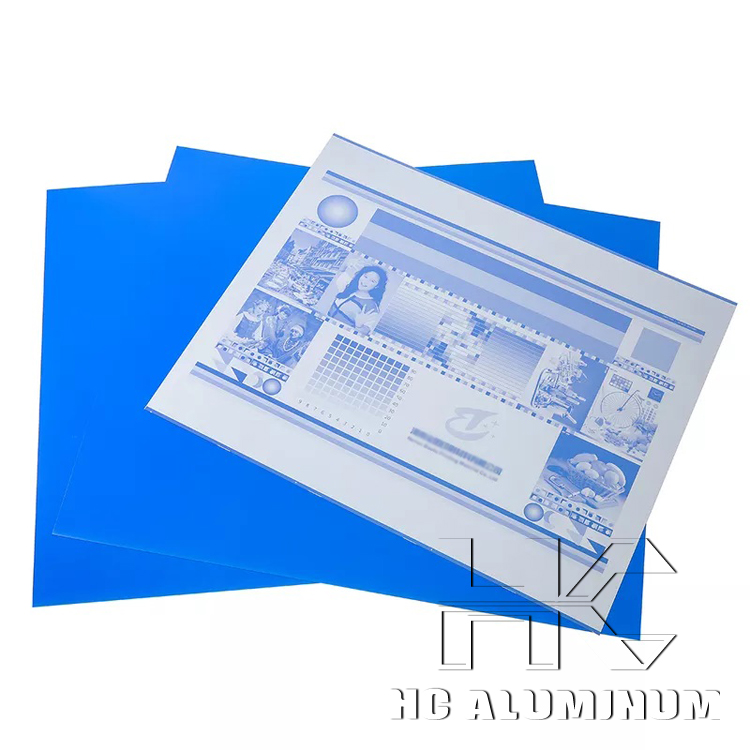
Double-layer coated thermal CTP plates are usually used for printing jobs that require high quality and efficiency.
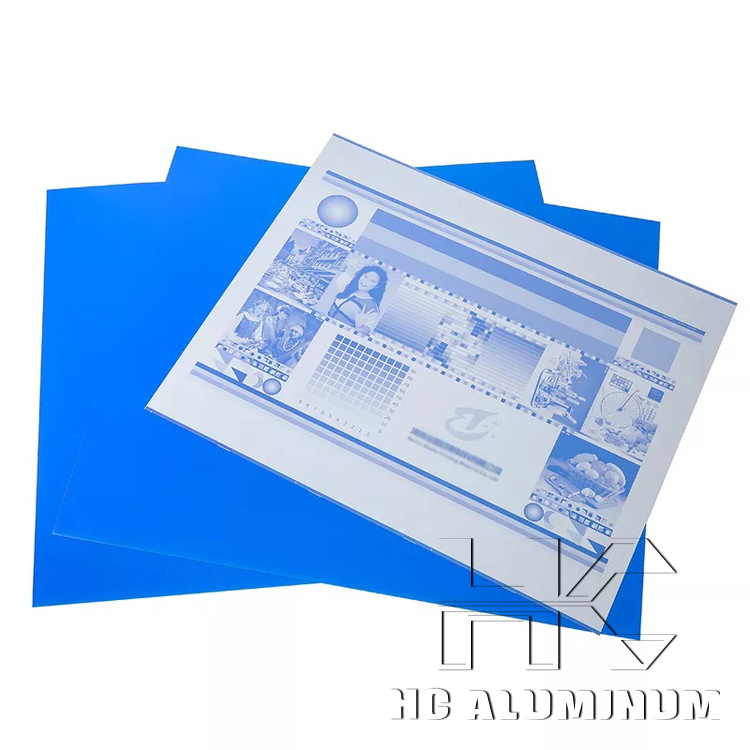
Thermal CTP plates have the advantages of fast plate making speed, high tolerance, accurate dot reproduction, excellent ink balance, etc., and are widely used in the printing industry.
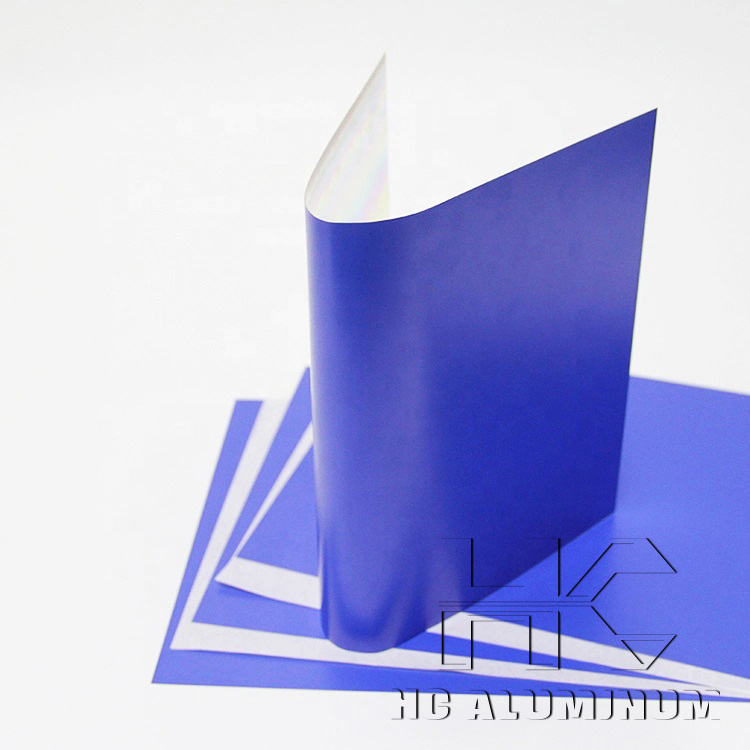
CTCP plates are widely used in the printing industry, especially for high-volume commercial printing jobs where speed and quality are crucial.
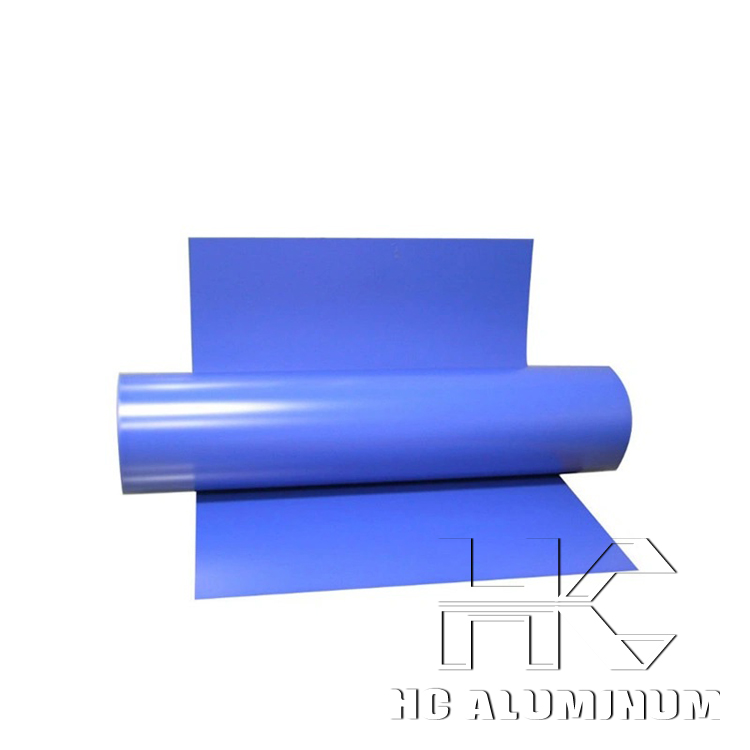
Processless thermal CTP plate is a type of plate material specially designed for computer-to-plate (CTP) technology, featuring significant characteristics such as environmental protection, high efficiency, and high quality.
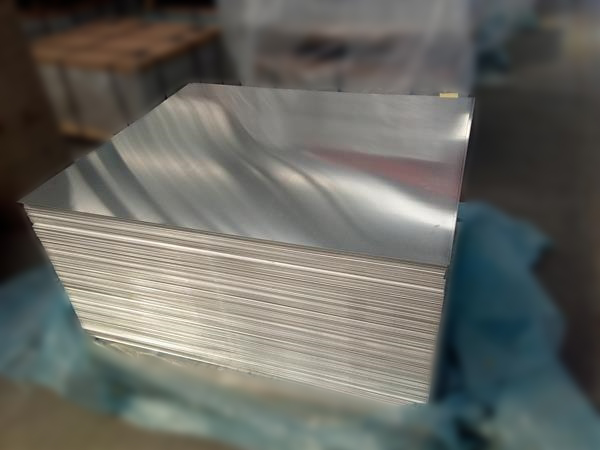
1 series aluminum alloy plates are commonly used for PS plate substrate/CTP plate substrate, with advantages such as high printing quality, strong printing durability, environmental friendliness, cleanliness and hygiene, and low cost.
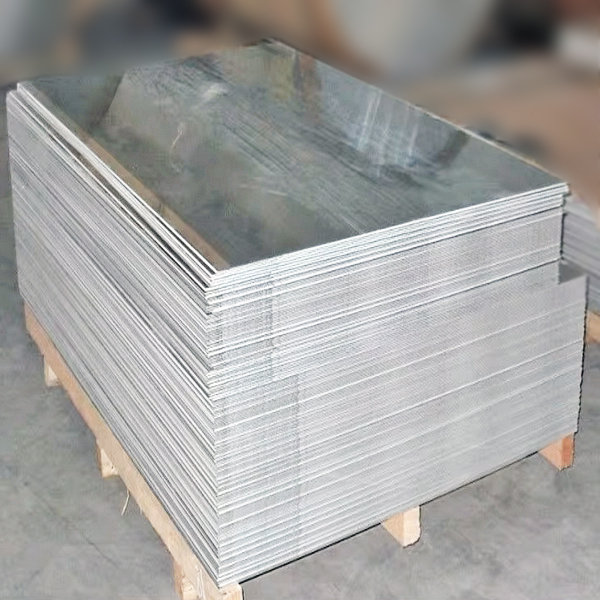
In the printing industry, PS sheet (pre-coated photosensitive sheet) refers to a sheet made by coating a non-silver photosensitive (thermal) resin layer on an aluminum substrate sheet. For photosensitive sheet substrates, 1050, 1060, 1070, 1050A aluminum
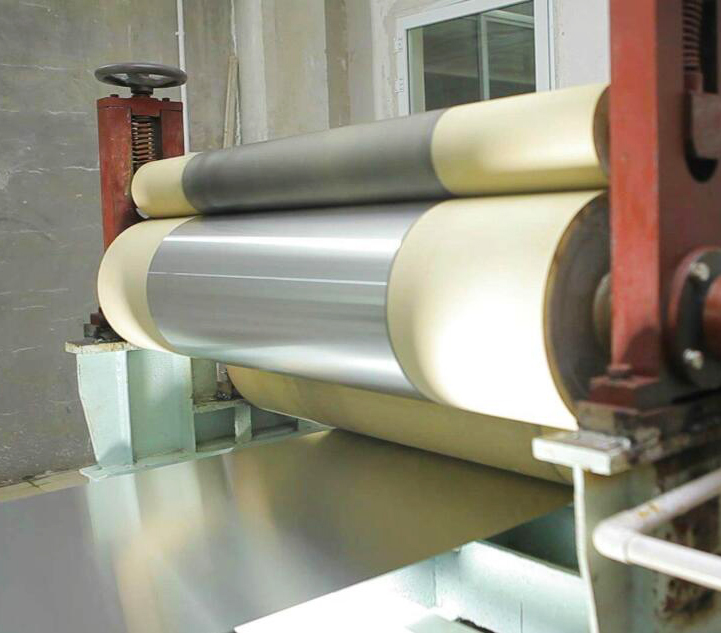
CTP plate is a high-end direct platemaking technology, widely used in different types of offset printing plates, such as positive PS plate, thermal CTP plate, photosensitive CTP plate and UV-CTP plate. CTP plate has the advantages of high printing quality
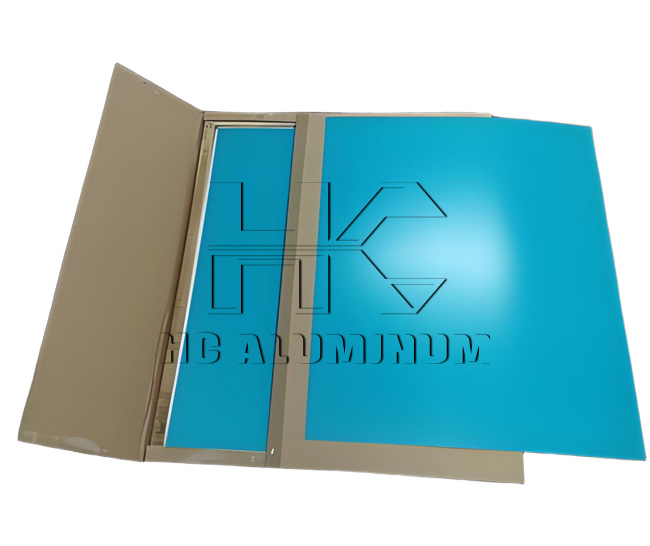
CTCP (Computer to Conventional Plate) is a hybrid printing technology that combines the advantages of digital and traditional offset printing.
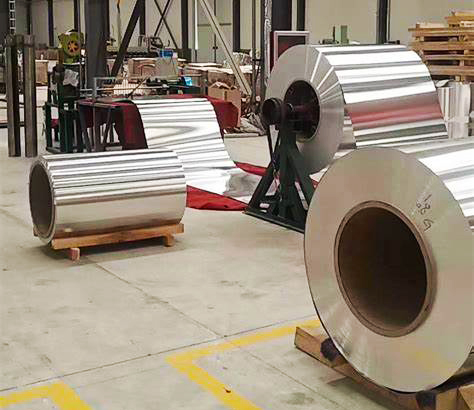
Ctcp plate is a computer-generated plate made directly on a traditional plate, replacing the traditional film platemaking method. The positive Ctcp plate inherits the advantages of CTP such as timeliness and high quality, a
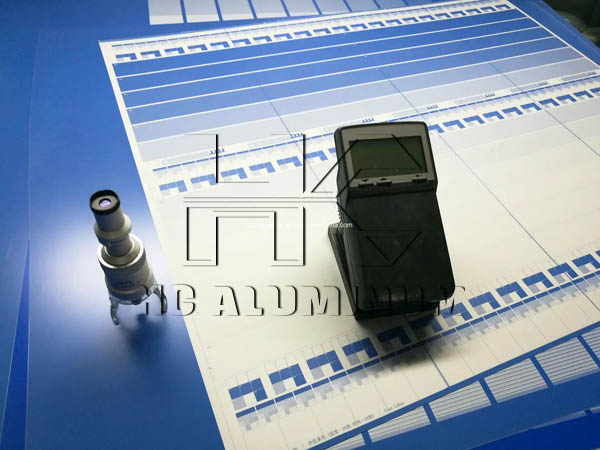
Aluminum offset thermal CTP plate is a modern platemaking technology for offset printing. Its core is to transfer digital printing files directly to the printing plate of aluminum substrate without the need for traditional film intermediate medium.
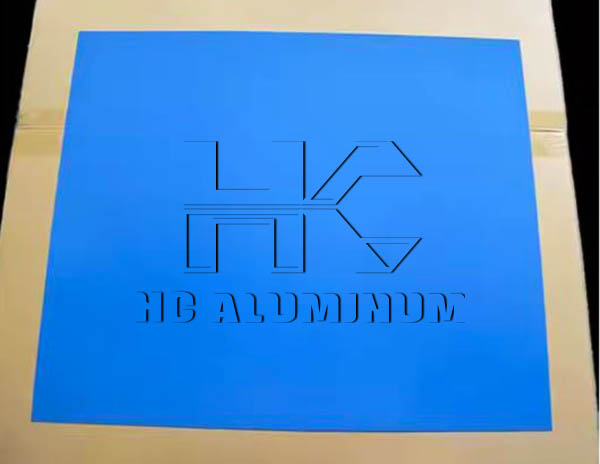
CTP plates of different thicknesses have different compressive strength, printing durability, stability and compatibility.
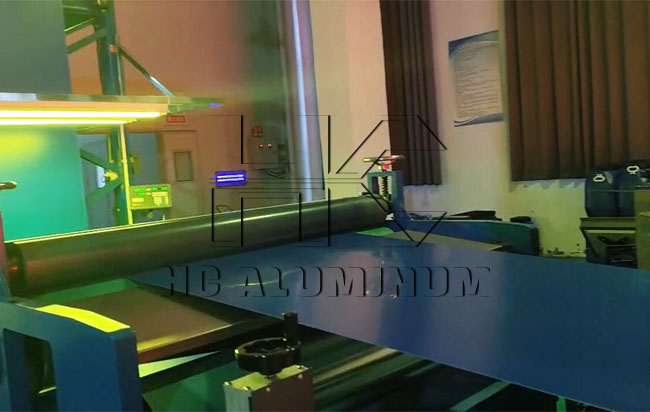
The aluminum plates used in printing houses are mainly PS plate aluminum plate base and CTP plate aluminum plate base, generally made of 1050, 1060, 1070 and other aluminum alloy materials.
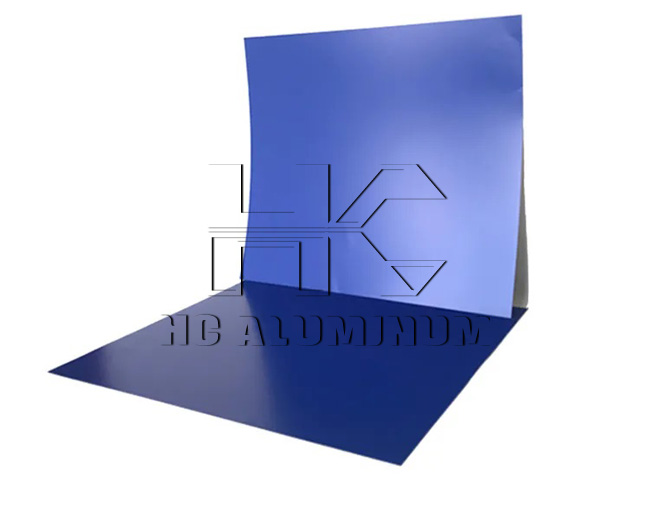
1350mm CTP plates, featuring high stability, durability, and excellent photosensitivity, are widely used in high-end printing applications. Available in a variety of custom sizes, they help printing companies improve efficiency and quality.
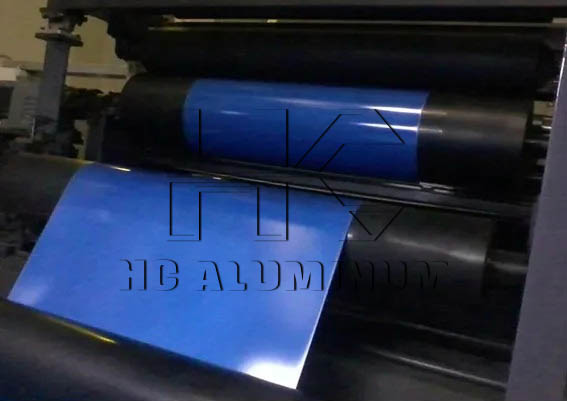
CTCP uses traditional PS plates and ultraviolet light, while CTP uses special plates and lasers.
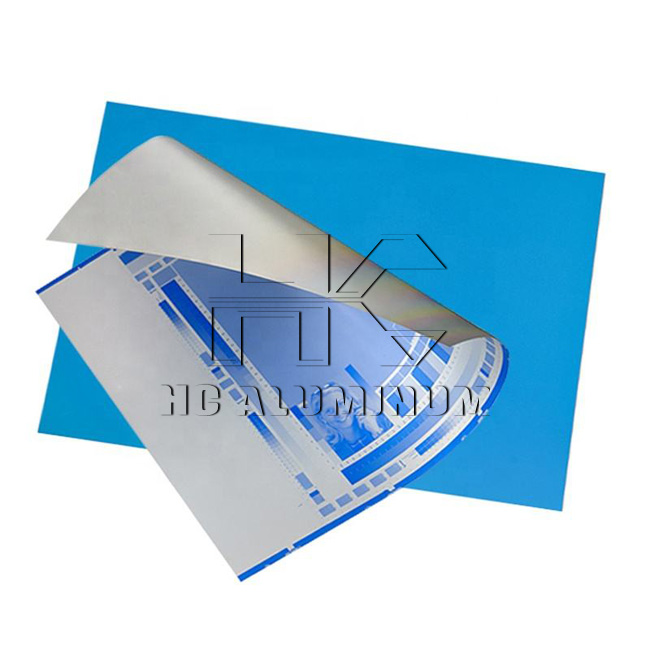
Thermal CTP plates use an infrared thermal laser around 830nm to create images directly on aluminum-coated plates, eliminating the need for traditional film transfer processes.
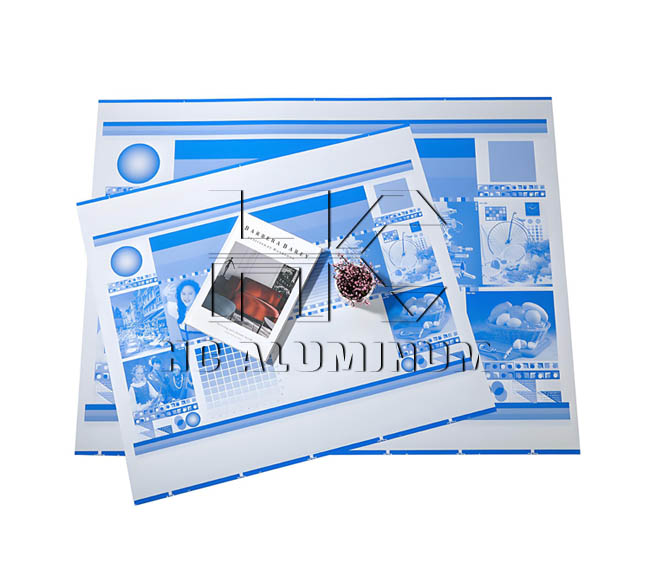
CTCP (Computer to Conventional Plate) printing plate refers to the use of traditional PS plates with direct digital imaging, forming a new generation of UV-CTP plates.
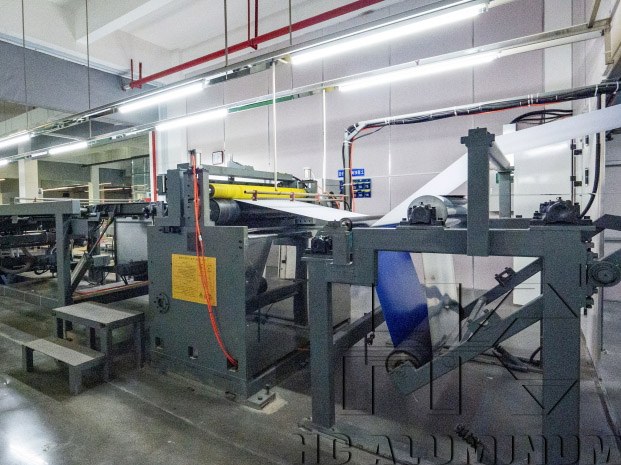
Aluminum CTP plates are widely used in modern printing, especially in commercial printing, book printing and other fields.
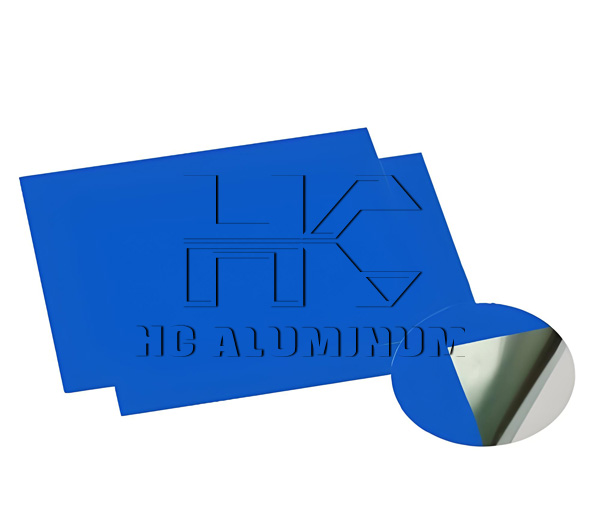
Hongchang Aluminum currently produces four main types of CTP plates, including heat-sensitive, silver salt, photopolymerization and processing-free types.
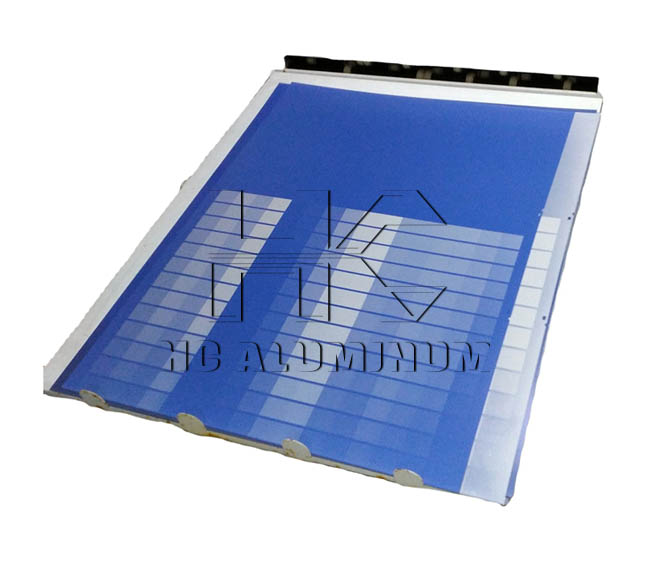
CTCP refers to a computer-to-plate imaging process using traditional PS plates (Presensitized Plates) or, in some contexts, CTP plates.
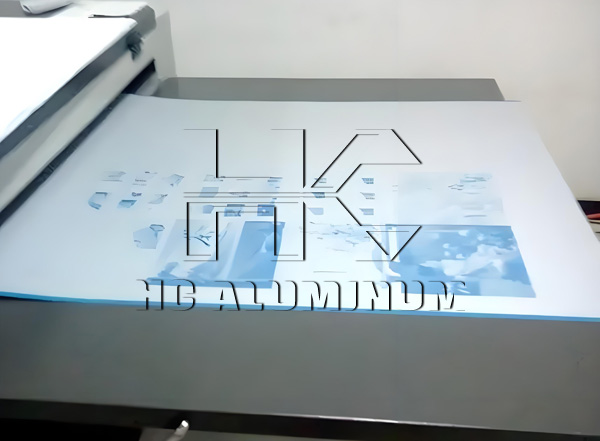
CTP plates are mainly divided into five categories: thermal plates, violet laser plates, silver salt plates, UV-CTP plates, and the emerging free-processing plates. They are widely used in printing newspapers, magazines, etc.
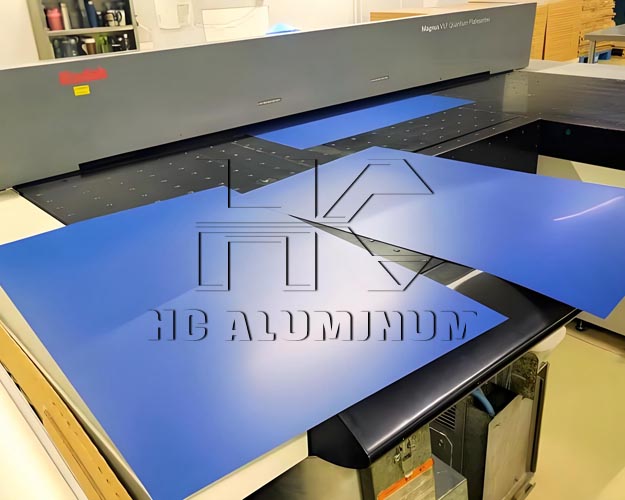
CTP plates primarily use aluminum plates, which not only improves printing efficiency but also reduces plate-making costs.
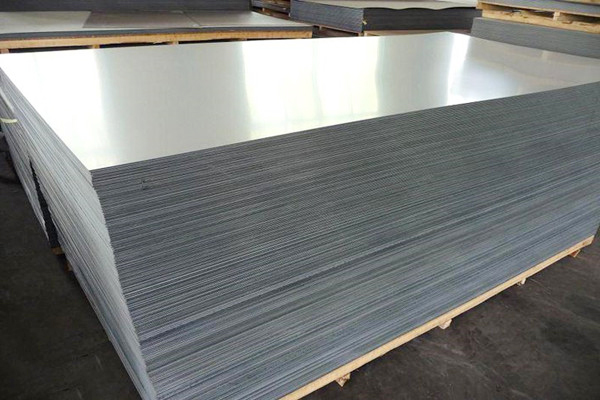
PS/CTP are both rolled into a certain thickness of thin plate through hot and cold rolling process. The surface of the plate is coated with a layer of photosensitive resin after a specific process treatment, and then dried to make a printing plate for var
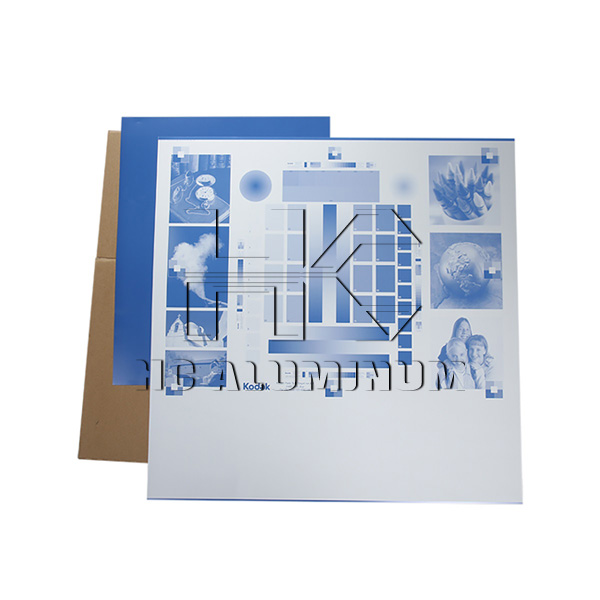
The mainstream offset printing plates are divided into PS plates and CTP plates. Both have their own characteristics. CTP plate making is gradually becoming the industry's first choice with its many advantages.
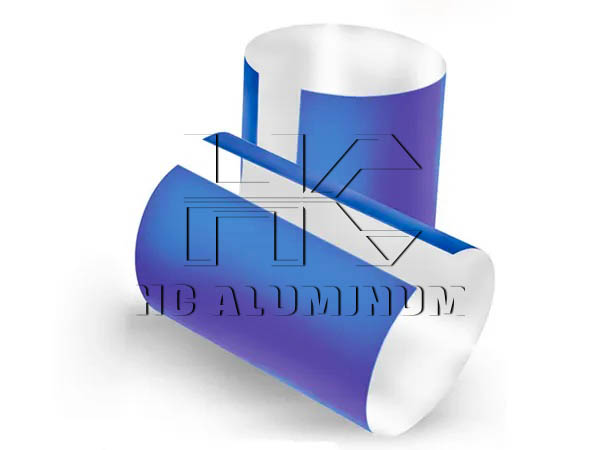
The main raw material for CTP plates is the printing plate material, which is typically made from aluminum base plates (also called aluminum plates) that are treated with a coating to accept image transfer.
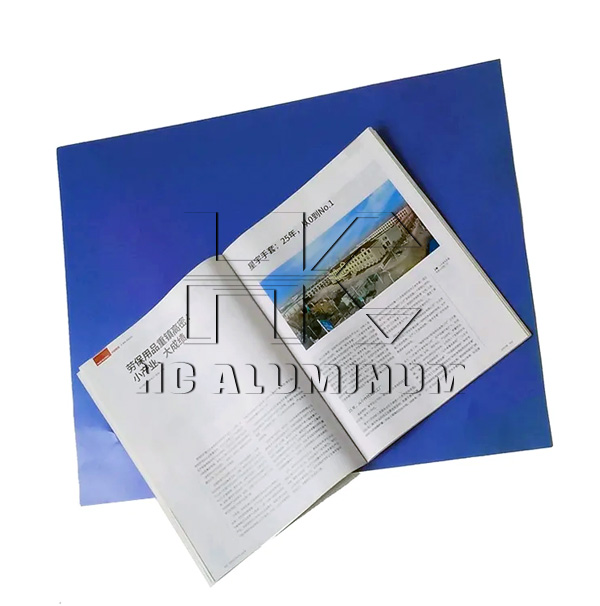
The Blue Positive UV-CTP plate (Computer-to-Plate) is a light-sensitive printing plate based on violet laser technology (405nm), specially designed for UV ink printing environments.
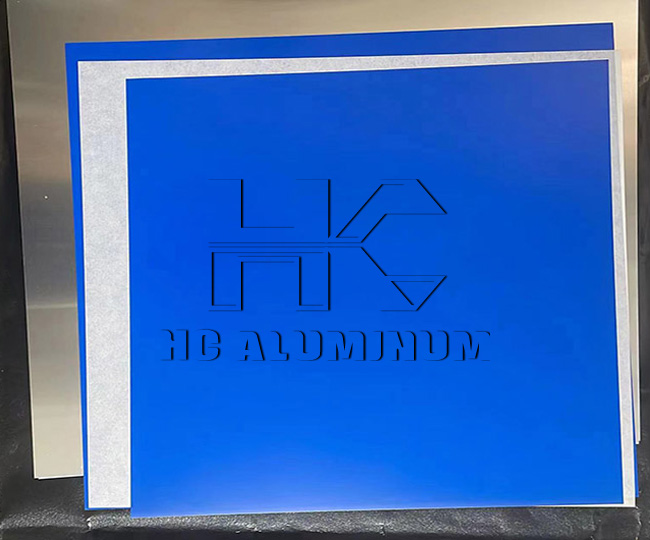
In the field of newspaper printing, offset printing technology has become mainstream due to its fast speed, stable printing quality and adaptability to large-scale printing.
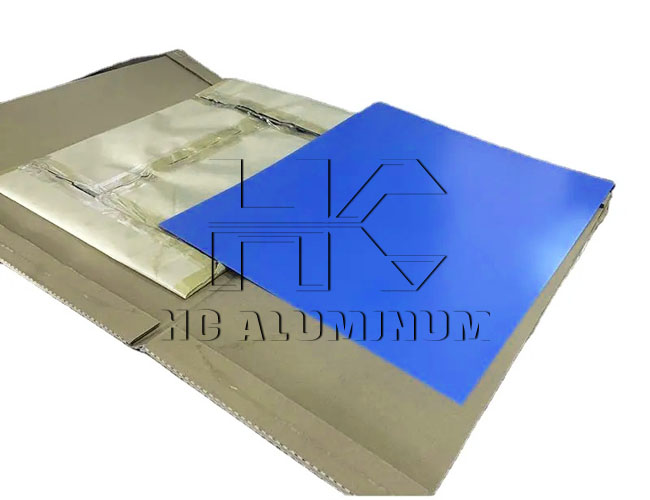
CTP technology enables direct digital image output onto printing plates, eliminating the need for traditional film-based plate-making.
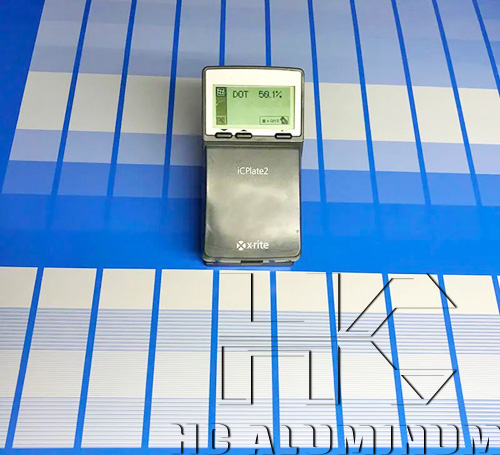
Hot-rolled 1100 CTP aluminum sheet belongs to the pure aluminum sheet series, with relatively low strength, but excellent ductility, formability, weldability and corrosion resistance;
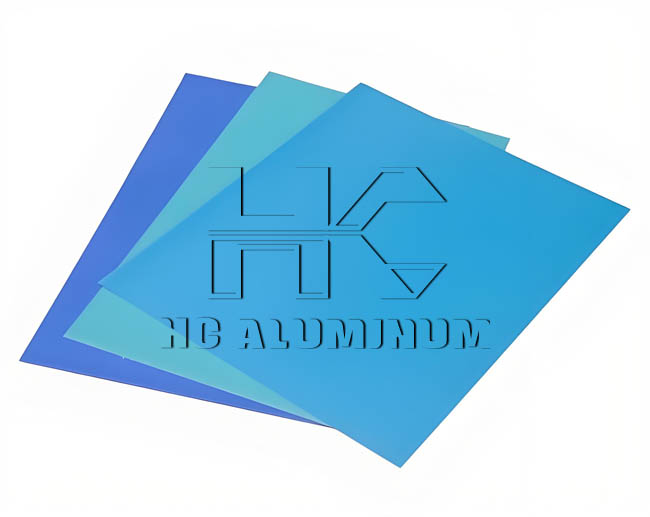
Among the wide range of CTP plate types available, high-sensitivity thermal CTP plates have emerged as the preferred solution for increasing production capacity, optimizing costs, and ensuring exceptional print quality.
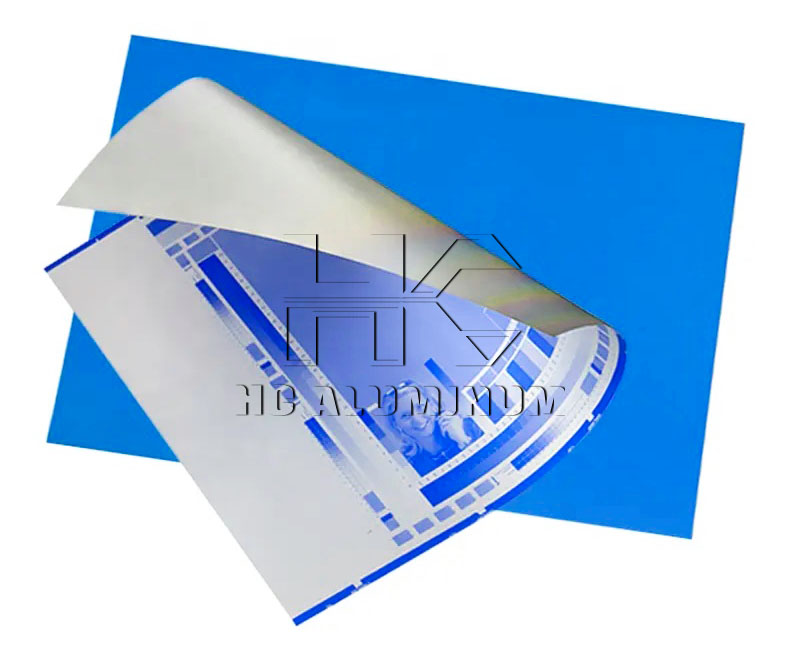
1050A aluminum sheet is a high-purity aluminum alloy material with an aluminum content of about 99.5%, similar to 1050 aluminum sheet, but with slightly higher purity and more stable performance.
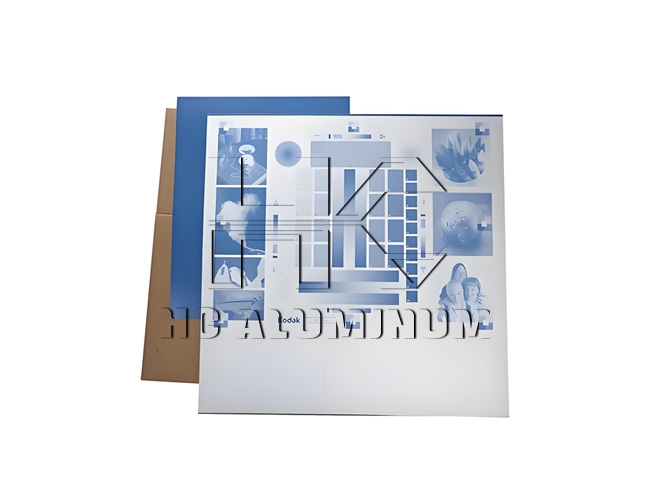
Thermal CTP plates have higher exposure accuracy, more stable imaging characteristics and wider environmental adaptability, and are the preferred plate material in commercial printing, newspaper printing and other fields.
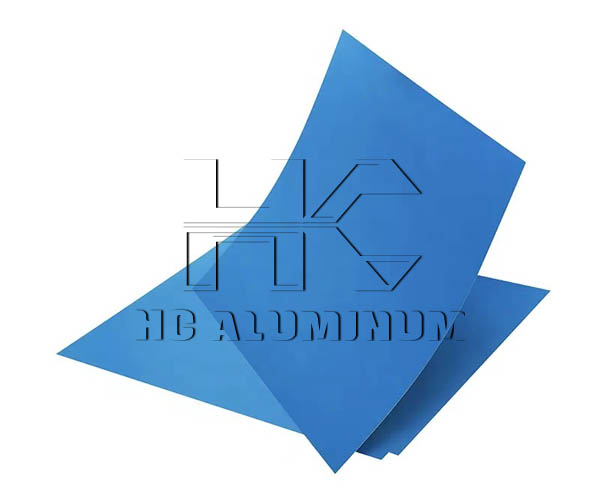
Common alloy grades of aluminum sheets commonly used in offset printing are 1050, 1060, 1070, etc., which have the advantages of low density, high strength, and good forming.
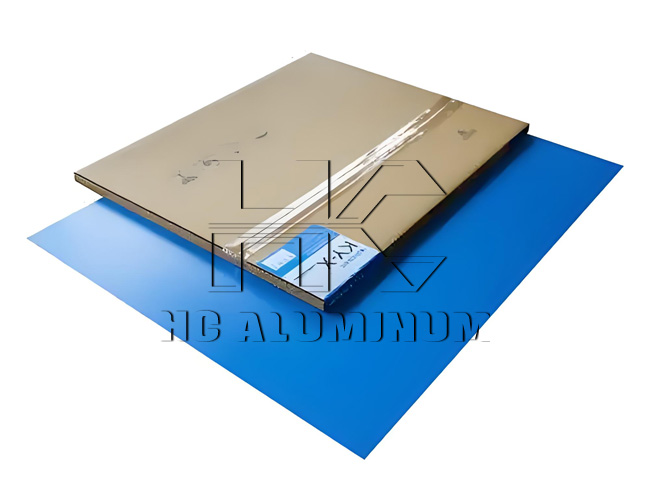
UV-CTP and thermal CTP are two mainstream CTP plate making methods, which are widely used in newspapers, magazines, advertisements, commercial printing, etc.
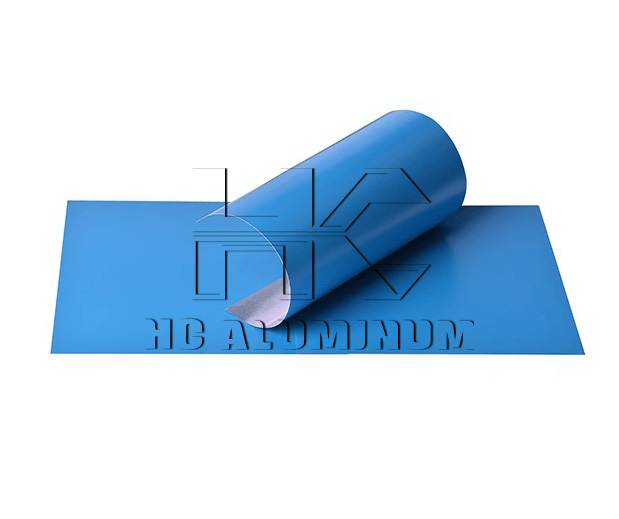
CTP plate is a printing plate substrate specially used in CTP platemaking process. It is made of high-quality aluminum substrate and its surface has a complex grain structure and a dense oxide layer.